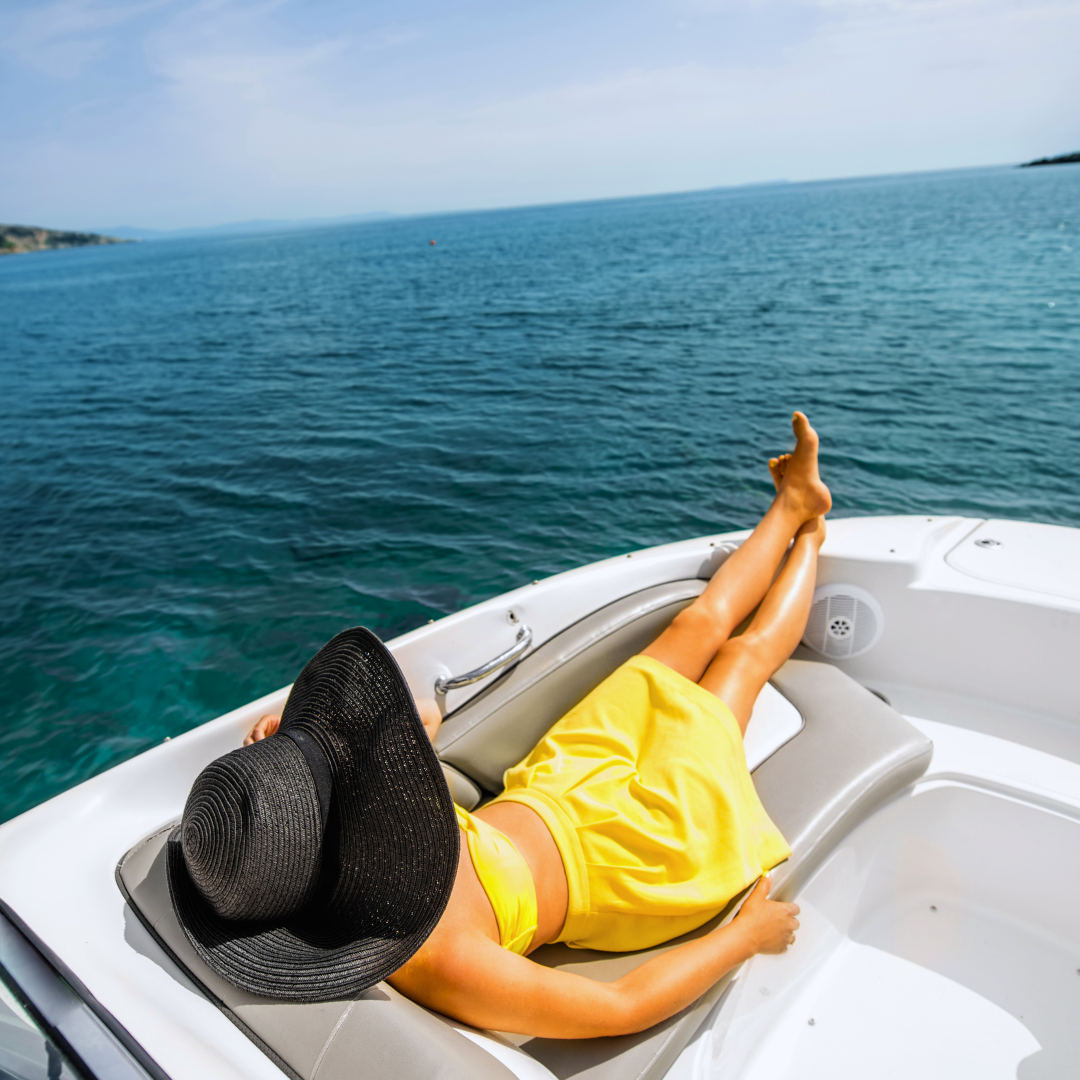Visiting National Parks by Sea: Sailing to Virgin Islands National Park

The rhythmic lapping of waves against the hull, the whispering wind guiding the sails, and a horizon that promises undiscovered adventures – this is the allure of sailing. But what if your compass points towards not just any destination, but a protected haven of nature, where verdant hills roll into azure waters? Sailing to a national park combines the romance of the seas with the majesty of untouched landscapes. One such paradise lies in the Caribbean, nestled on the island of St. John: The Virgin Islands National Park.
The Jewel of St. John: Virgin Islands National Park Overview
The Virgin Islands National Park, a sparkling gem on the canvas of St. John, captures the essence of untouched beauty. Covering approximately 60% of the island, this national park is an exquisite tapestry of terrestrial and marine environments. Designated as a UNESCO World Biosphere Reserve, it reflects the crucial balance between human habitation and nature’s vibrancy. Miles of pristine shoreline hug the verdant tropical forests, where unique Caribbean flora and fauna reside. Beyond the beaches, the coral reefs house marine ecosystems that burst with life, offering a haven for divers and snorkelers. This park is not just a retreat but a repository of rich biodiversity and cultural history.
Navigating to Protected Bays and Anchorages
The allure of the Virgin Islands National Park lies in its protected bays and anchorages, which promise both adventure and serenity for sailors. Maho Bay, for instance, is recognized for its calm waters, offering a safe sanctuary for sailors to drop anchor. Further south, Salt Pond Bay enchants with its seclusion, making it a favorite among those yearning for some quietude. Francis Bay, meanwhile, is a larger expanse with mooring buoys and deeper waters, apt for more substantial vessels. For sailors, these waters are not just navigation points but gateways to the park’s terrestrial wonders. However, to preserve these delicate marine ecosystems, it’s essential to adhere to the park’s regulations, ensuring that anchorages do not disrupt the seabed or the coral habitats.
Hiking Trails Accessible from the Shoreline
What sets the Virgin Islands National Park apart is its intertwining of marine and terrestrial landscapes. Stepping off the boat, sailors are greeted by trails that snake through diverse ecosystems. The Ram Head Trail, starting at the edges of Salt Pond Bay, is a journey that culminates in panoramic views, with the vast Caribbean stretching into infinity. For those interested in a leisurely walk along the coastline, the Leinster Bay Trail offers a vantage point to observe marine life in the shallows. The Annaberg Sugar Mill Trail, meanwhile, is an evocative walk through history, as the remnants of sugar plantations stand as testimony to the island’s colonial past.
Historical Sites within the Park: Petroglyphs and Ruins
History is etched into the very landscape of the park. A journey down the Reef Bay Trail reveals the mystical petroglyphs, ancient rock carvings believed to be the handiwork of the Taino people. These symbols, steeped in mystery, echo tales of the island’s indigenous inhabitants. As one delves deeper into the park, sites like the Annaberg Plantation paint a vivid picture of the 18th-century life, replete with the struggles and stories of the sugar production era. The Catherineberg Ruins, with their colonial architectural motifs, whisper tales of times when the island thrived on the sugar trade.
Flora and Fauna Highlights: What to Look Out For
The park is a thriving biodome. Among the thickets, bay rum trees, and orchids bloom in abundance, while mangroves fringe the salt ponds. Birdwatchers would delight in spotting the bananaquit or the soaring red-tailed hawk. The marine realm is equally, if not more, mesmerizing. The shallow waters are playgrounds for green sea turtles, while deeper coral alcoves might house the elusive octopus. The park is a sensorial overload, with every hue, call, or movement hinting at the vitality of life that thrives here.
Responsible Visitation: Preserving the Park’s Natural Beauty
With such splendor comes responsibility. Visitors are stewards of this sanctuary, even if only temporarily. The principle of “Leave No Trace” rings especially true here. It’s crucial to minimize waste, especially plastics, which mar the park’s pristine environment. Observing wildlife from a respectful distance, sticking to designated trails, and supporting local conservation initiatives are small steps that lead to the park’s long-term preservation. Respect for the park’s ethos ensures it remains untouched for future generations.
Special Ranger-led Programs and Activities
The park rangers, the sentinels of this paradise, offer a myriad of programs to immerse visitors deeper into the park’s essence. From guided hikes that delve into ecological intricacies to snorkeling tours in the reef’s labyrinth, there’s a wealth of knowledge awaiting the curious. Cultural workshops, often led by local experts, offer glimpses into traditional crafts, dances, and folklore. These activities are not just experiences but bridges, connecting visitors to the very soul of the Virgin Islands National Park.
As the sails are hoisted and the Virgin Islands National Park fades into the horizon, visitors are left with more than just memories. They carry stories – of trails walked, ruins explored, and creatures encountered. But above all, they carry an echo of the park’s silent plea: to protect, cherish, and revisit. For in the dance of sails and waves, nature finds its rhythm, and in the embrace of national parks, the soul finds its sanctuary. Sailing to the Virgin Islands National Park isn’t just a voyage on the sea, but a journey into the heart of nature’s untouched splendor.


